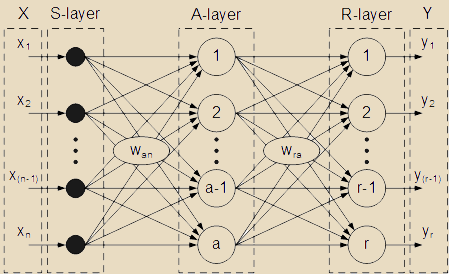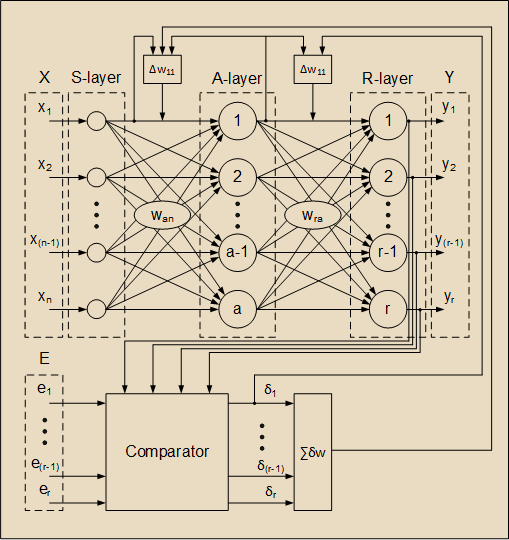Content
Goals and objectives
The purpose of the master's work is the development of the software system to automate the formation of university workload, namely - automation of teacher’s workload.
Forming of the workload is performed sequentially and consists of the following stages:
Team contains three developers. Command task is the design of software package and coordination of data structures for the exchange of information among package units.
Master's objective is to design and develop a single module providing a different set of rights and user interfaces for different groups: administrators, teachers, staff of educational-methodical department, decision-makers of the Department.
Relevance and motivation
Workload formation is a time consuming task. The whole process takes several months, from the beginning - academic plan development, to the end - workload approval. All data for the documents, records and reports are generated manually, which involves a large number of errors due to human error, errors search and fixing takes a significant part of the total time.
The disadvantages of the scheme manual distribution of the workload at the departments are:
Scientific novelty
At the beginning of the development was assumed that the module for forming teacher’s workload will be program with user friendly interface that will help a decision-makers of the Department to distribute academic disciplines between the teachers of the department. When searching for information on the work it was found that artificial intelligence techniques have not been applied earlier for a similar problem. It was suggested to develop and use intelligent decision support system (DSS). The idea is that the system should provide advice in the distribution of the academic disciplines between the teachers of the department, analyzing their requests which they make before the distribution of disciplines and such factors as the degree, title, work experience, age and others.
For the analysis and decision-making are different methods used in the DSS:
If the result is incorrect, the person in charge of the process of distribution of academic disciplines, will be able to correct the results of the system. This implies that the system must be able to training to prevent a repetition of the error the next time it is used.
Among the methods described above, the property of self-learning has artificial neural networks. The possibility of training - one of the major advantages of neural networks over conventional algorithms [9]. Neural network training is to find the coefficients of the connections between neurons. In the process of training the neural network is able to identify complex relationships between inputs and outputs and perform generalization. This means that in case of successful learning network will be able to return the correct result on the basis of data that were missing in the training set, and the incomplete and / or "noisy" data, or partially corrupted data [9].
Taking into account all of the above, it can be concluded that the most suitable system implementation to solve the problem, will be system based on artificial neural networks.
With the help of ANN to solve a wide range of tasks:
In all described above classes of problems in practice successfully used perceptron (Fig. 1). Perceptron is one of the first models of the neural network proposed by Frank Rosenblatt in 1957 [4]. Perceptron has a high degree of flexibility, successfully trained and can deal with a wide range of complex problems.
Described problem belongs to the class of decision-making tasks. In solving this problem, there is no need to use complex models of neural networks, such as the Elman network, which is used to solve problems in real time, for example, moving object management.

Figure 1 - The two-layer perceptron with n inputs, hidden layer with a neurons and r outputs
Figure 1 shows the structure of a classical perceptron. A set of input - a vector X, the result - a vector Y, S-layer (sensor) - network inputs, their number depends on the problem, A-layer (association) - an associative or a hidden layer, selecting the required number neurons of this layer is the main task of designing a neural network, R-layer (reaction) - the output layer, or layer response, the number of network outputs depends on the specific problem. Each sensor S-layer is associated with each element of the A-layer synapses (interneurons connections), wan - separately taken the synapse of a plurality of layers between the S and A, in the same way there is communication between the layers of neurons A and R.
To train the ANN will use back propagation method. For R-layer neurons has the following formula [4]:
 (1)
(1)
 (2)
(2)
Formula (1) describes the change of weighting coefficients when training a network using the Hebb rule, the following notation is used herein:
Formula (2) describes the calculation of the network output error (delta rule), the following symbols are used in it:
For A-layer neurons has formula [2]:
 (3)
(3)
 (4)
(4)

Figure 2 - Training perceptron by back propagation method
(animation: 7 frames, 10 cycles of repetition, size 509x540, 138 KB)
Planned practical results
Result of the work will be the decision support system based on artificial neural network. After the end of the training process for each synapse of network will installed some weighting. The magnitude of the weight coefficient can be regarded as the influence level of a given input parameter to the result of individual neurons and the network as a whole. Due to the inherent properties of generalized artificial neural networks after successful training, possible to carry out an experiment to determine the significance of the individual parameters for the result. In operating mode, the input is a training vector with one modified parameter, the error value will show the effect of the corresponding parameter for the result [5]. These experiments allow us to identify the most important set of parameters used for distributing workload for academic discipline and the most important characteristics of teachers.
Conclusions
Goals and objectives of the master's work were formed. For development software package for formation workload for teachers of the department, it was decided to use decision support system based on artificial neural network. A review of such developments showed that the artificial intelligence technology previously not applied to the task of forming the workload for universities.
References
Important notice
This abstract refers to a work that has not been completed yet. Estimated completion date: June 2017 Contact author after that date to obtain complete text.